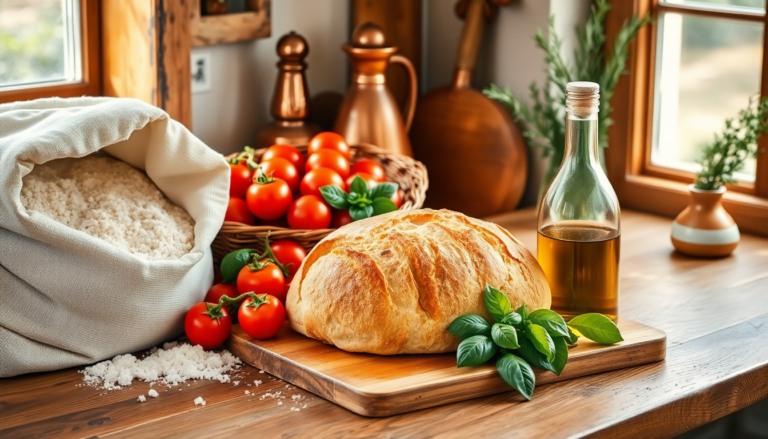Argomenti trattati
In the heart of every dish lies a story just waiting to be tasted. Can you imagine the aroma of freshly baked bread wafting through the air, instantly transporting you to a bustling Italian bakery? Here, the passion for food intertwines with the craftsmanship of those who create it. The palate never lies, and within the intricate layers of flavor, we discover not just sustenance but a narrative rich with culture, history, and love.
The Journey of Ingredients
Every ingredient has a tale to tell—think about the humble tomato, bursting with sweetness, or the earthy richness of wild mushrooms foraged from the forest floor. Take the heirloom tomato, for example. Grown in small, family-owned farms, these vibrant fruits are a testament to the importance of terroir—the unique environment in which they flourish. As a chef, I’ve learned that the best dishes begin with the best ingredients, which often means seeking out those that are locally sourced and sustainably grown.
Behind each bite of heirloom tomato bruschetta lies a narrative of tradition. Generations of farmers have nurtured these varieties, ensuring that their flavors remain true to their origins. The careful selection of ingredients not only enhances the taste but also honors the earth and the people who cultivate it. This connection is essential in our culinary journey, reminding us that food is not just about consumption; it’s about community and stewardship of the land.
Accessible Culinary Techniques
As we dive into the art of cooking, it’s crucial to demystify the techniques that can elevate our culinary experiences. Have you ever tried fermentation? This ancient method transforms simple ingredients into complex flavors, showcasing a beautiful dance of time and patience. The great news is that fermentation is accessible to anyone willing to experiment—imagine making your own sauerkraut or pickles at home! Not only does this alchemy enhance the umami profile of dishes, but it also contributes to our gut health, making it a win-win for both flavor and wellness.
Fermentation beautifully illustrates how traditional methods can find a place in modern kitchens. As we learn to incorporate these techniques, we can explore new dimensions of flavor, allowing us to pay homage to our culinary ancestors while creating something uniquely our own. The art of cooking becomes a canvas, and with each brushstroke—each ingredient and technique—we tell our story.
Connecting with Tradition and Place
Food is inherently tied to the place from which it comes. The concept of filiera corta, or short supply chains, emphasizes the importance of sourcing ingredients that are close to home. This practice supports local economies and ensures that the flavors of the food are fresh and vibrant. Picture a plate of pasta made with flour from a nearby mill and eggs from a local farm—these elements create a dish that is not just a meal but a celebration of the region.
As we savor each bite, we connect with the landscape, the farmers, and the traditions that have shaped our culinary heritage. This connection to place enriches our dining experiences, transforming a simple meal into a cultural event. It reminds us that behind every dish is a tapestry of stories, woven through the hands of those who grow, harvest, and prepare our food.
In closing, the culinary journey is one of exploration, a quest to understand the intricate relationships between ingredients, techniques, and traditions. I invite you to embrace this journey—not just as a chef but as a passionate food lover. Taste the stories, appreciate the craftsmanship, and engage with the sustainable practices that honor both our palates and our planet. Are you ready to embark on this delicious adventure?

